Sintering is the process of heating a material close to its melting point without allowing it to liquefy, typically for the purpose of bonding the metal particles in order to achieve desired mechanical properties. A common part of the metal injection molding (MIM) process, sintering allows the atoms in a material to diffuse across its boundaries, causing them to fuse together and create a single piece. It’s particularly common for shaping metals with high melting points like molybdenum and tungsten since it doesn’t require the material to actually melt.
Here we’ll review sintering in the metal injection molding (MIM) process along with ways it differs from sintering in traditional metallurgy processes
Overview of Sintering in MIM
The binding agents used in sintering are typically polymers such as wax and polypropylene, which mix with the powdered metal to form a feedstock.
During the MIM process, heat is applied to the feedstock, liquifying the binding agent, which carries the powder metal material into a mold. Once the cavity is filled with material, the mold is cooled to solidify the binding agent and powder metal material. The mold then opens and releases the component – at this stage, the part is considered a “green part.”
Methods like catalytic processes, solvents, and heating remove the binders, resulting in a fragile porous material now known as brown parts. Parts are then sintered in a protective atmosphere to prevent unwanted chemical reactions.
MIM often uses liquid-phase sintering, which induces partial melting of the metal. Once it solidifies, the end product has mechanical and physical properties comparable to parts made with traditional metal working techniques.
What Does Sintering Do to Improve the Part?
Wrought metals can have different mechanical properties based on whether they’re tested in the direction of rolling or across the direction of rolling. MIM doesn’t involve this process, so its parts usually have uniform properties in all directions. This lack of directionality with respect to properties is also due to the uniformity of the metal’s microstructure.
Boost Your Manufacturing With Metal Injection Molding
As you can see, sintered MIM parts are highly repeatable, and hold similar properties to their traditionally manufactured counterparts.
Think MIM may be a good option for your production and want to learn more? Check out our resource page.
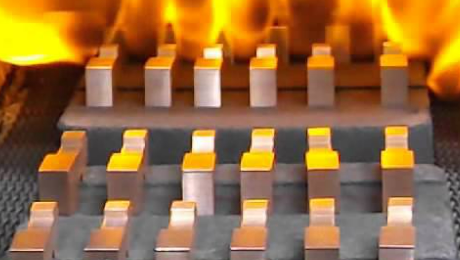
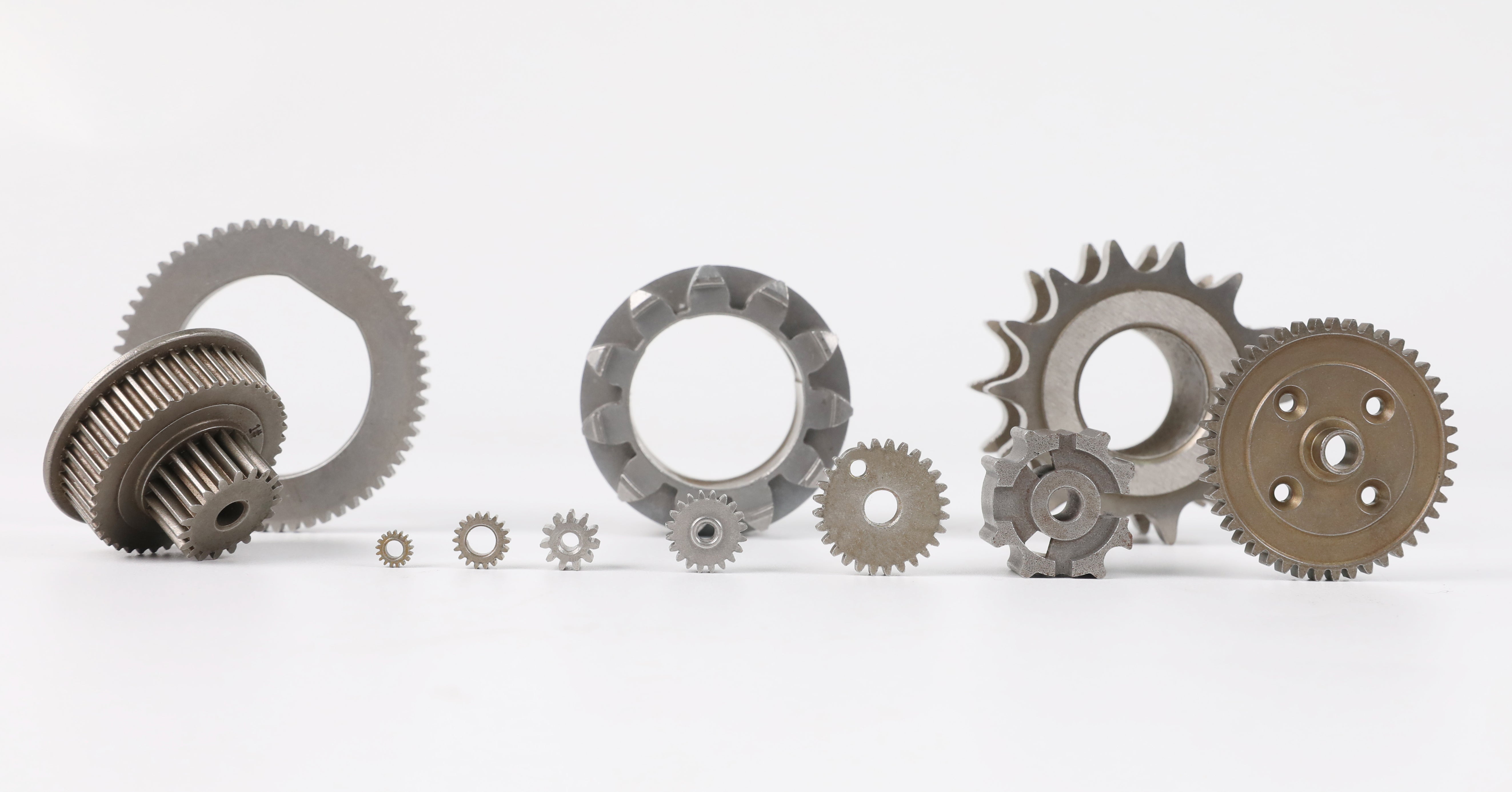




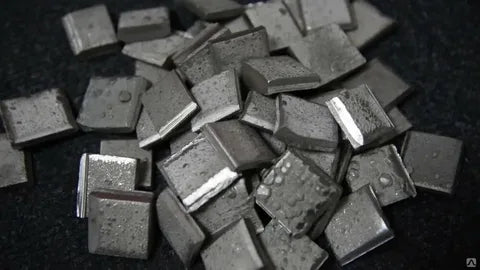
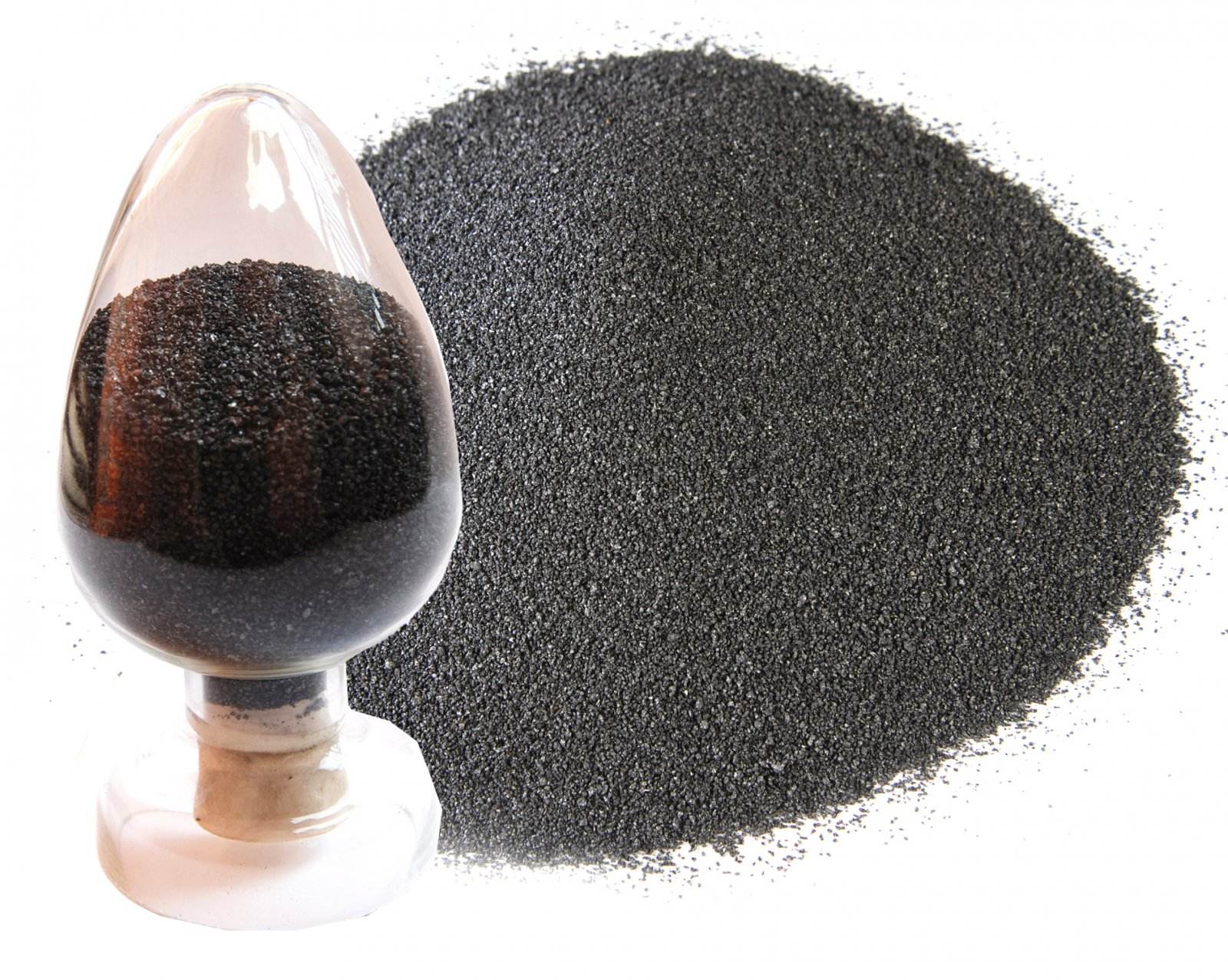

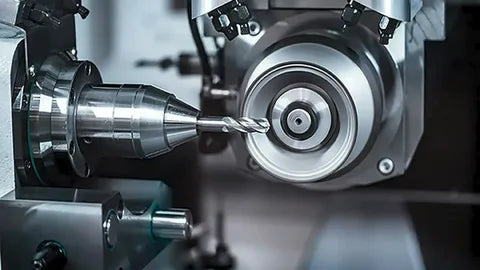



Share:
Which Is the Better Technology for Manufacturing Metal Parts, Mim or Investment Casting?
The Advantages of Mim for Custom Metal Fabrication